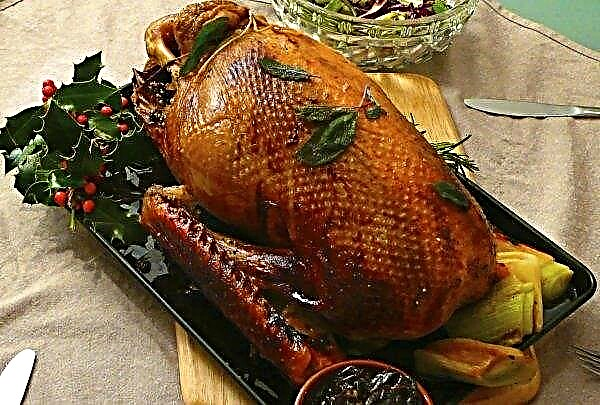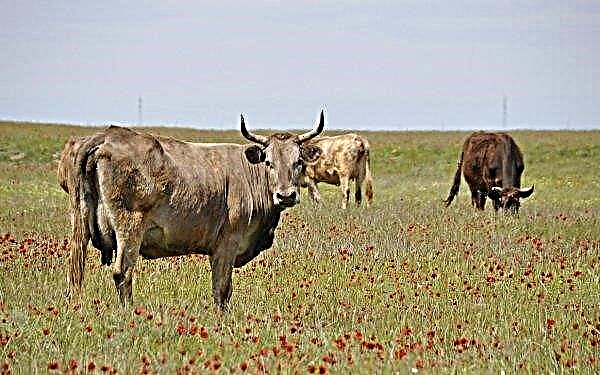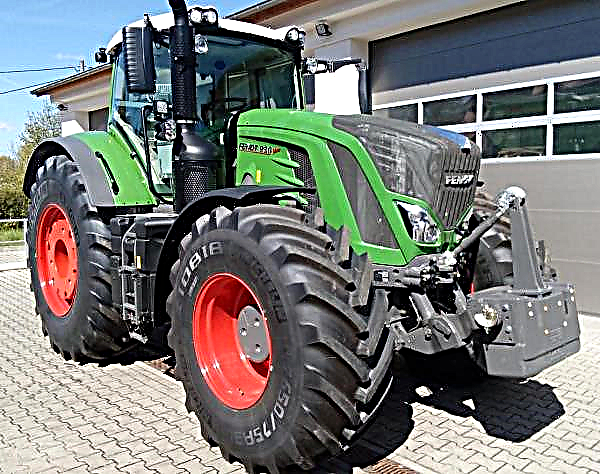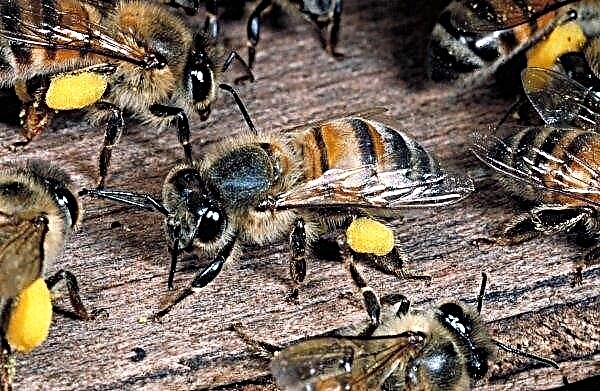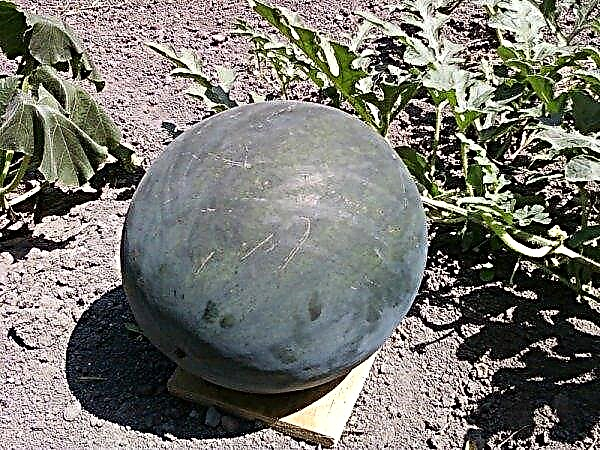Nowadays, science does not stand still, and every year more and more different types of fish appear, including hybrids. The following is a history of breeding a hybrid species called Karpokaras, as well as other fish species of the cyprinidae family.
History of breeding carp
The species was obtained by artificial means - crossing silver crucian carp (bisexual form) and carp, in 1976, the males are sterile, that is, they are not able to give offspring, not all females have this function. Because of this, specialists resort to artificial breeding, because without this it will not be possible to maintain such a view. But due to the constant breeding by crossing, the initial set of chromosomes is not preserved, and unique characteristics are lost with each subsequent generation.
Karpokarasi (or another name - karasekarpy) have a pronounced hump on the back of the body, their scales are larger than that of the "parents", no whiskers. They are quite resistant to weather changes and living conditions (tolerate a lack of oxygen). The body weight of adults reaches 2 kg, this indicator makes hybrids profitable in growing them for sale.

The growth rate exceeds that of carp, but inferior to carp. The hybrid is suitable for stocking artificial and natural reservoirs. The fish is characterized by high activity and mobility, so it is great for amateur and sports fishing.
Other hybrids of cyprinids
Other hybrids of the cyprinids are also known.
Important! If you are breeding hybrids, you should take care not only of the place where the fry will grow, but also of a high-quality feed mixture. It should be selected and discarded.
For instance:
- Parc carp. Bred and entered in the State Register in 1992. Received as a result of crossing carp and Amur carp. Thanks to the work of breeders, the amount of caviar was increased by 2 times.

- Sarboyan carp. Received in Novosibirsk. The “parents” of the hybrid are: Belarusian mirror and Ropshinsky carps, Amur carp. It easily tolerates harsh drops in temperature conditions, bred specifically for Siberian winters.

- Angelin carp. In 1963, work began in the Krasnodar Territory to develop a species that would be resistant to disease. To do this, they crossed the angelic scaly and specular, as well as the Ropshinsky species. A record about this fish species appeared in the State Register in 1998.
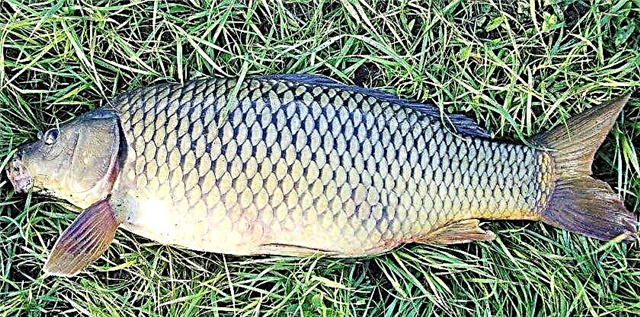
Hybrid fish breeds are becoming more in demand than ordinary fish, because they have more weight than their "parents". By crossing, you can get copies that will be hardy to diseases or adapted to various, including harsh, living conditions.





